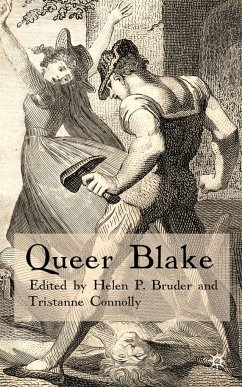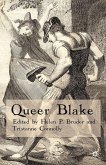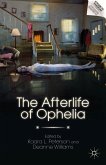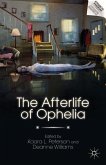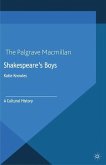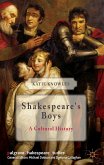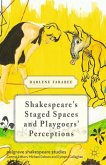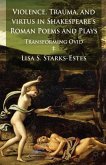"Over the last decade, Romanticism and queer theory have been mutually illuminating and incredibly productive, but this canonical 'queering' has somehow veered away from William Blake. This collection looks anew at Blake's celebrated sexual visions, to see how they might appear once compulsory heterosex has been ditched as an interpretative norm"--Provided by publisher.
Numerous claims have been made for a sexual Blake, from post-lapsarian pessimist to free-loving hippie. Queer Blake raises a flag for the weird, perverse, camp and gay directions of the artist's life and work. The contributors occupy diverse positions, illustrating what fresh interpretations result when heterosexuality is ditched as an ideal.
Numerous claims have been made for a sexual Blake, from post-lapsarian pessimist to free-loving hippie. Queer Blake raises a flag for the weird, perverse, camp and gay directions of the artist's life and work. The contributors occupy diverse positions, illustrating what fresh interpretations result when heterosexuality is ditched as an ideal.
"Queer Blake is a provocative and often informative collection of essays that considers the spectrum of genders and gendering in Blake's work and life and in Blake criticism. ... Overall, the quality is high. Where Queer Blake is at its best, to my mind, is in those chapters where the essays are both historical and theoretical-where the writers explore both the center and the circumference of Blake's representations of disparate sexualities." (Tilar J. Mazzeo, Blake - An Illustrated Quarterly, Vol. 50 (1), Summer, 2016)
"Queer Blake engraves into our critical consciousness the capacious, "roving" ambisexual aesthetics and poetic pan-eroticism that make him a queer icon." - TLS
"Queer Blake engraves into our critical consciousness the capacious, "roving" ambisexual aesthetics and poetic pan-eroticism that make him a queer icon." - TLS

